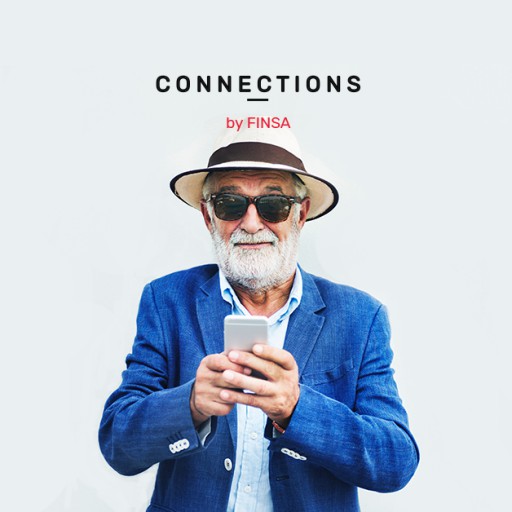The current lockdown, and the possible repercussions of these preventative measures over the next few years, have given rise to cocooning, a trend that makes the home the centre of all our activities, from leisure to work. Yes, it is a type of isolation, but with many things from the outside world available to us thanks to the digital transformation.
Until recently, cocooning was associated with the millennial generation and the motto staying at home is the new going out: watching movies and tv shows on streaming platforms, ordering in etc. But, no matter how old you are, this is all probably sounding terribly familiar right now. In fact, this mandatory cocooning is affecting not just how we see how our home, but also how we use other private spaces like our work environment.
https://www.instagram.com/p/B-jb-egjrg0/
Cocooning: the home as a hub
Whether or not you were already a cocooner, the increased use of our homes, especially as its been forced upon us, is making us look at our rooms in a different way. This is particularly true if you share a flat with other people: the need for a moment alone in a space, however small it might be, means that you need elements in the home that allow for this to occur.
Architect Izaskun Chinchilla recommends making the house more dynamic by using flexible furniture: “rather than a piece of furniture that only has one use, like a sideboard with the dish set on display, I think a movable partition, for example, is more interesting, as it allows you to store things as well as separate two spaces. In this way we can have a home office that can be ‘folded away’, or that can be extended…it’s something that solves a problem, and that also provides a certain level of visual and acoustic isolation,” she explains.
https://www.instagram.com/p/B9rHKQSjZI-/
(Necessary) cocooning in our workspaces
Outside our homes, we also spend a lot of time in our offices or coworking spaces. There will also be a need to rethink these spaces after the COVID-19 pandemic, especially in terms of the gradual reduction of lockdown restrictions.
The current models offer two options that focus on how we work together, the space itself, and how these things influence each other. These two main types of office layouts are the fishbowl layout, with offices that are divided up so that each person has their own space, and the open plan layout, with tables, chairs, and softer, more flexible elements. In terms of cocooning, isolation, and productivity, the fishbowl has more advantages, while the open plan layout boosts teambuilding. Though the former doesn’t foster connections between colleagues, the latter doesn’t boost productivity and concentration and, according to Chinchilla, can even result in gender bias.
https://www.instagram.com/p/BbtwDLcF1Vd/
Bürolandschaft, an idea that originated in Germany in the 1950s, does away with both of these models. It consists of creating an interior landscape within the office, meaning an open floor with flexible divisions between spaces using plants, screens, curtains, rugs, and more. Izaskun Chinchilla’s studio has reimagined this concept, putting an emphasis on the physical and virtual models of collaboration that have created “a new need to combine an open structure with private, protected workspaces that allow the person to create their own identity”.
Chinchilla gives the example of the coworking space UTOPIC US as one that has worked with cocooning, and she highlights that using this approach “doesn’t have to be seen as something individual, because sometimes cocooning is designed for a team”. These spaces have been made possible by ‘hacking’ IKEA furniture, allowing for a series of canopies, textiles, and wooden elements that provide cover, privacy, and protection, as well as good acoustics.
https://www.instagram.com/p/BlIOreal34o/
Chinchila had some final reflections about making isolation more beneficial, both inside and outside the home: “In these times, cocooning must include elements from nature, wellbeing, and the circular economy, for example by ‘hacking’ recycled things that we can use for something else”. It’s a good time to think about communal spaces and how to bring more harmony to them with social distancing but without giving up sustainability and our precious wellbeing.



